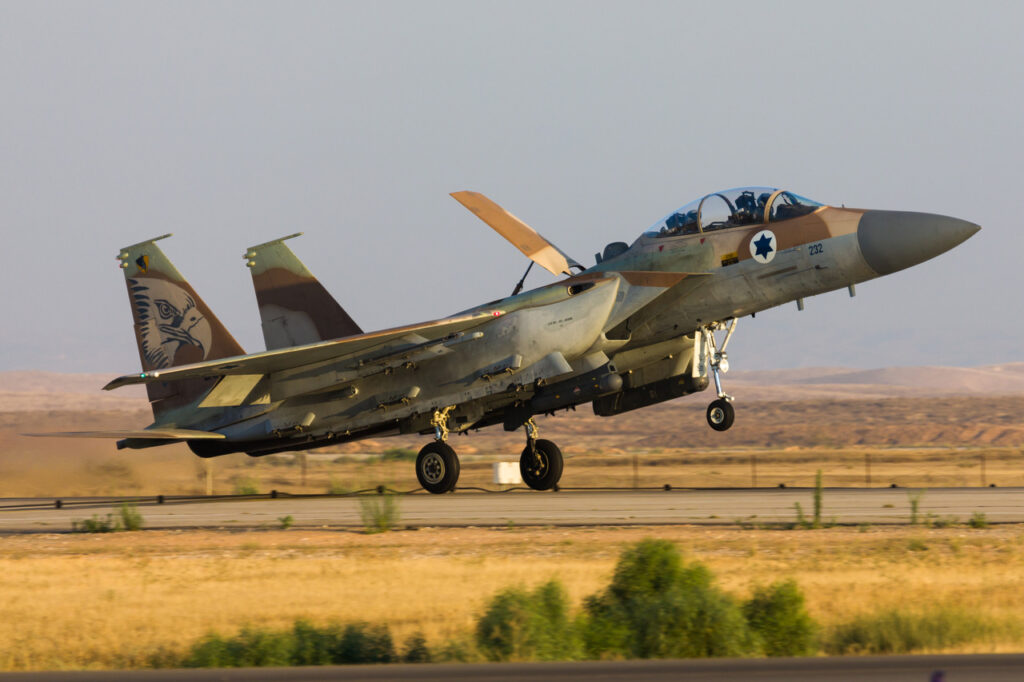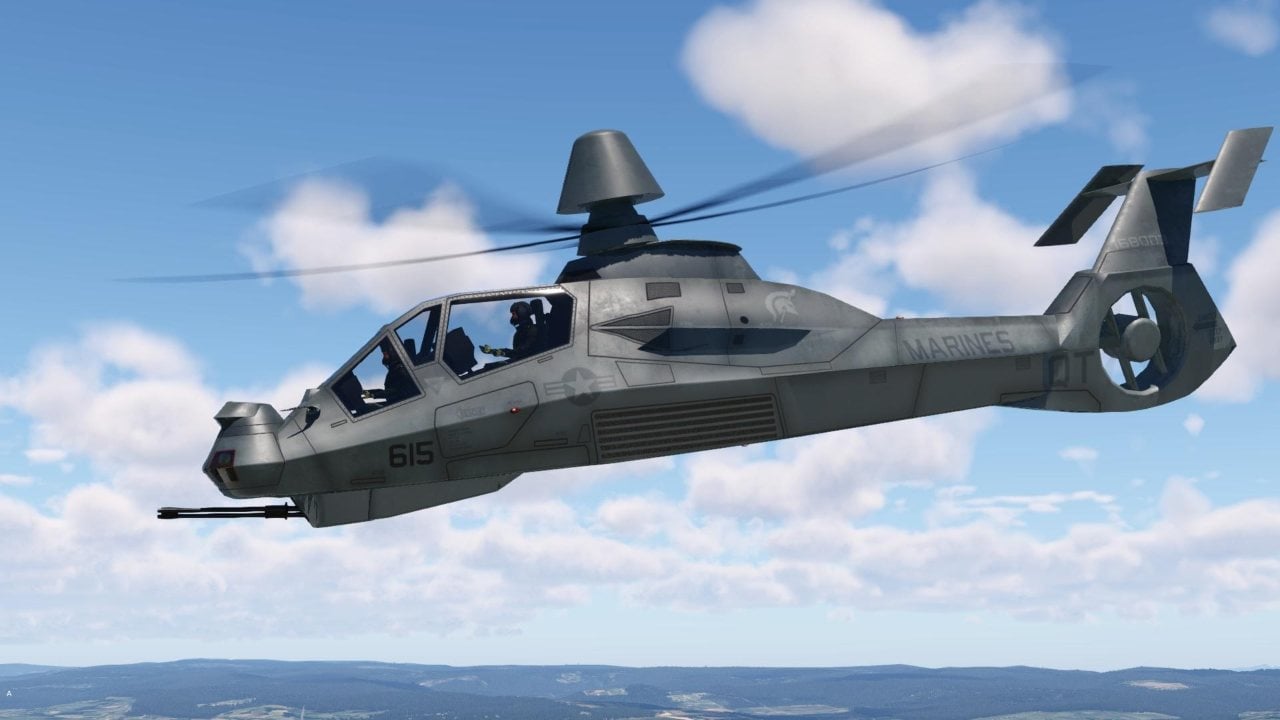
Stealth Helicopters: Why Doesn’t the U.S. Military Have This Weapon?
What You Need to Know: Stealth technology has reshaped modern air combat, but helicopters remain largely outside this trend due to challenges like turbine noise and vibrations. However, stealth helicopters are still being explored, as seen with the U.S. Army’s RAH-66 Comanche program, which spent $7 billion developing a low-observable scout helicopter before it was canceled due to technical setbacks.
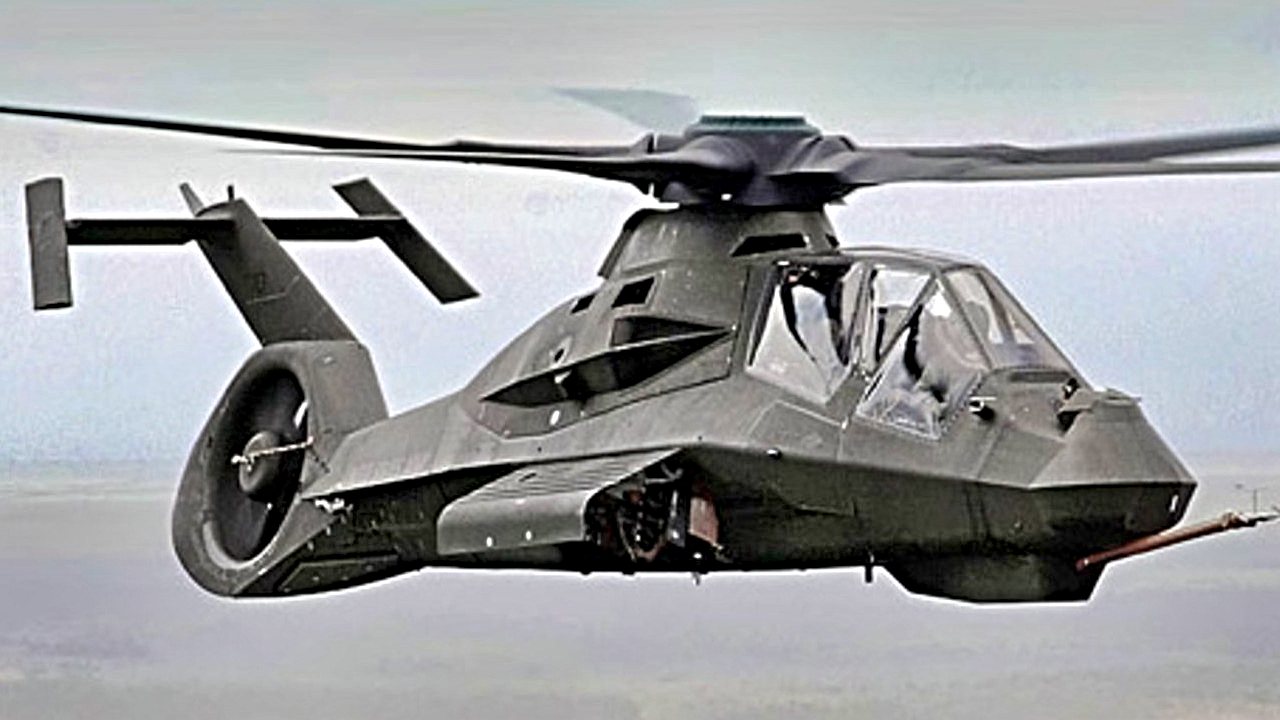
-The stealth-modified UH-60 Black Hawks used in the 2011 raid on Osama bin Laden’s compound offer another example, though details remain classified.
-Despite these difficulties, stealth helicopters are a growing focus, highlighting the demand for low-detectability across all military platforms.
RAH-66 Comanche: How $7 Billion Nearly Built the Ultimate Stealth Chopper
Stealth technology is very much in fashion. Modern aircraft designers basically treat stealth as a prerequisite for any new fighter or bomber design. Since the 1980s, each new U.S. fighter and bomber has included stealth with aircraft such as the F-117 Nighthawk, B-2 Spirit, F-22 Raptor, F-35 Lightning II, and the forthcoming B-21 Raider.
U.S. military rivals are rushing to catch up, designing and producing their own stealth aircraft. China’s stealth efforts have manifested in the Chengdu J-20 fighter. About 50 J-20s have been produced so far, meaning China has a viable fleet of stealth fighters. Russia has also invested its finite resources into stealth technology, producing the Su-57 fighter (a CGI version of which was just featured in Top Gun: Maverick).
Why are countries scrambling to field fleets of stealth aircraft? Because modern air defense systems are so capable that non-stealth aircraft are roughly incapable of surviving in contested airspaces. Meaning if an enemy’s air defenses are intact, non-stealth aircraft are at ultra-high risk of being shot down and are unlikely to be effective – which means those non-stealth aircraft are unlikely to convert contested air space into secured airspace. Said another way, countries need stealth aircraft to gain air superiority in territories where sophisticated air defense systems are entrenched.
But while stealth technology has become a prerequisite in fighters and bombers, helicopters are still operating with conventional, non-stealth technology.
Stealth helicopters are still a novelty. Only a few have ever been built. The reason, in part, is that helicopters are inherently ill-suited for stealth – turbine exhaust is loud, the entire fuselage vibrates, and the tail rotor is loud. The thing is just not designed to move about undetected. So, considering the inherent challenges of creating a stealth helicopter, the fact many designers are still trying is significant.
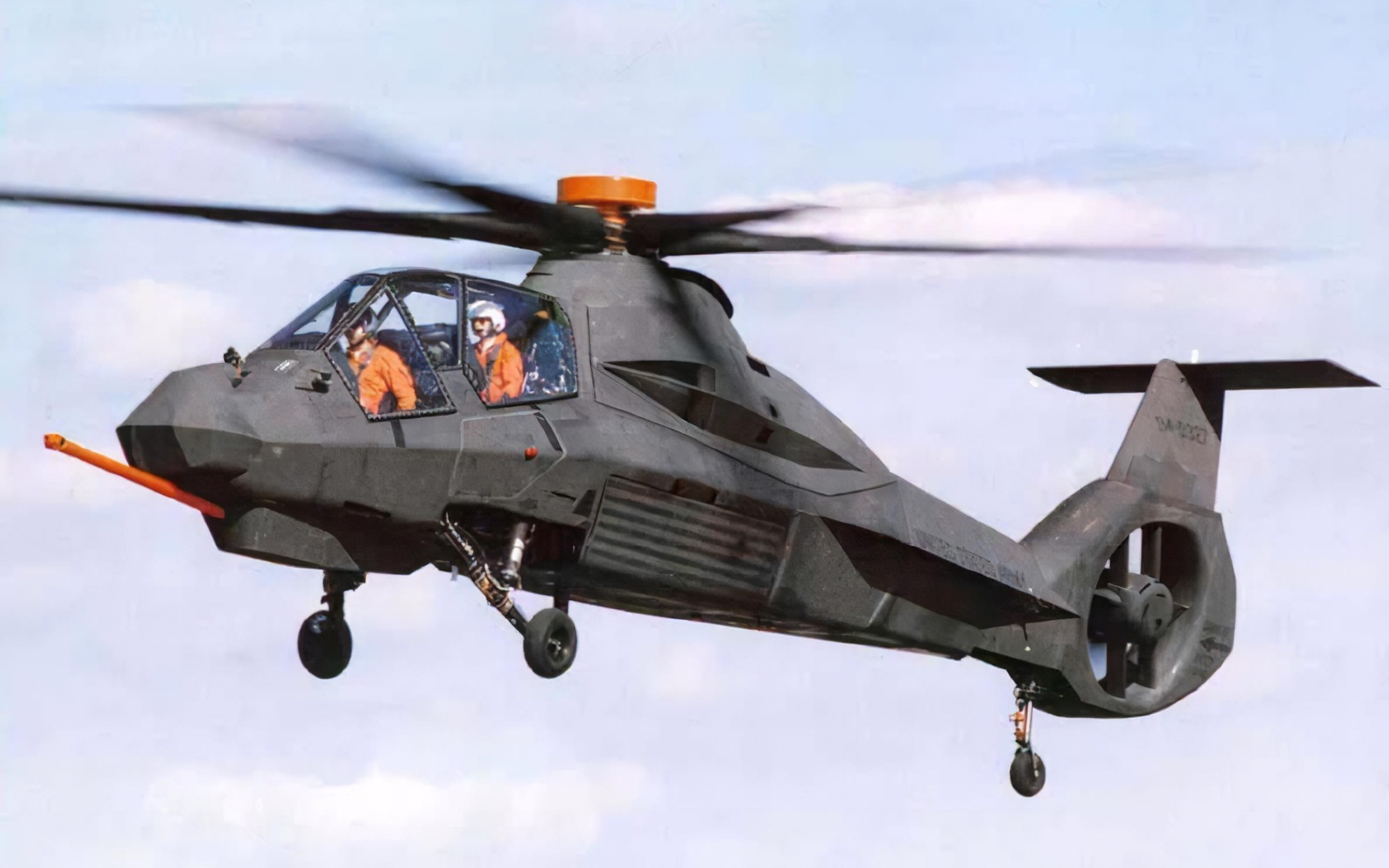
Meet the RAH-66 Commanche Stealth Helicopter
The most famous example of a stealth helicopter is perhaps the Boeing-Sikorsky RAH-66 Comanche. The Comanche program, which the U.S. Army spent $7 billion dollars on between 1996 and 2004, was an attempt to create a mainstream stealth helicopter to replace the Army’s OH-58 Kiowa. The Kiowa is a scout helicopter, so it makes sense that the Army wanted a stealth helicopter with low observable characteristics.
Two Comanches were built. Using composite materials, the Comanche had a very smooth 43-foot fuselage, covered with radar-absorbent material (RAM) coatings and infrared-suppressant paint. The Comanche also featured an all-composite, five-blade rotor, which churned softly, relative to other helicopters. The craft looked like a science-fiction prop from a James Cameron or Steven Spielberg film. And with respect to stealth, the Comanche was effective, too; the Comanche’s radar cross-section was 360-times lower than the Apache’s.
The Comanche never entered production. “Aspects of Comanche’s technology were deemed too risky (i.e. immature i.e. hadn’t actually been developed i.e. didn’t exist),” Dan Ward wrote for TIME. “The design still had serious technical challenges in the areas of “software integration and testing of mission equipment, weight reduction, radar signatures, antenna performance, gun system performance, and aided targeted detection algorithm performance. Aside from the electronics, the software, the weapons system, the engines, and the overall weight apparently everything else was fine.”
Ward’s snark is understandable: the Comanche was, without question, one of the biggest financial flops in U.S. Army history. A total of $7 billion was spent for approximately zero operational Comanche helicopters.
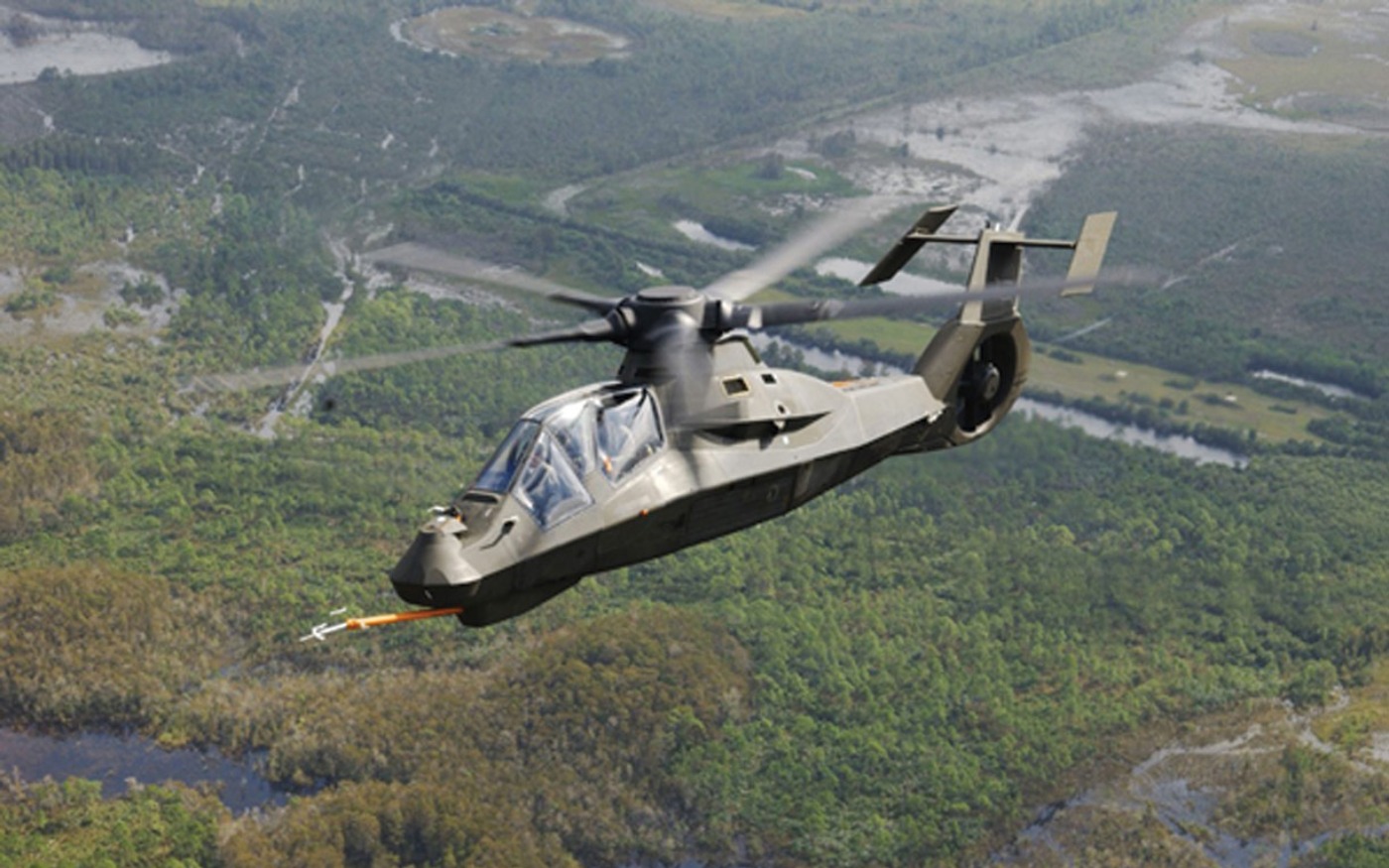
The stealth helicopter would appear again – in the most famous military operation of the 21st century: the raid on Osama bin Laden’s compound.
For the bin Laden raid, UH-60 Black Hawks were modified to operate as stealth aircraft. Details about what the stealth modifications included exactly have been scant. But then-President Barack Obama confirmed in his memoir, A Promised Land, that the helicopters were in fact stealth. During the raid, one of the helicopters crash-landed. The Navy SEAL team onboard escaped mostly unharmed and destroyed the aircraft in an effort to prevent the technology from being captured and reverse-engineered.
Given the secretive nature of the technology used during the bin Laden raid, we can assume the public does not know everything there is to know about stealth helicopter development.
About the Author
Harrison Kass is a prolific defense writer with over 1,000 articles published. An attorney, pilot, guitarist, and minor pro hockey player, he joined the US Air Force as a Pilot Trainee but was medically discharged. Harrison holds a BA from Lake Forest College, a JD from the University of Oregon, and an MA from New York University. He lives in Oregon and listens to Dokken.
All images are Creative Commons.


